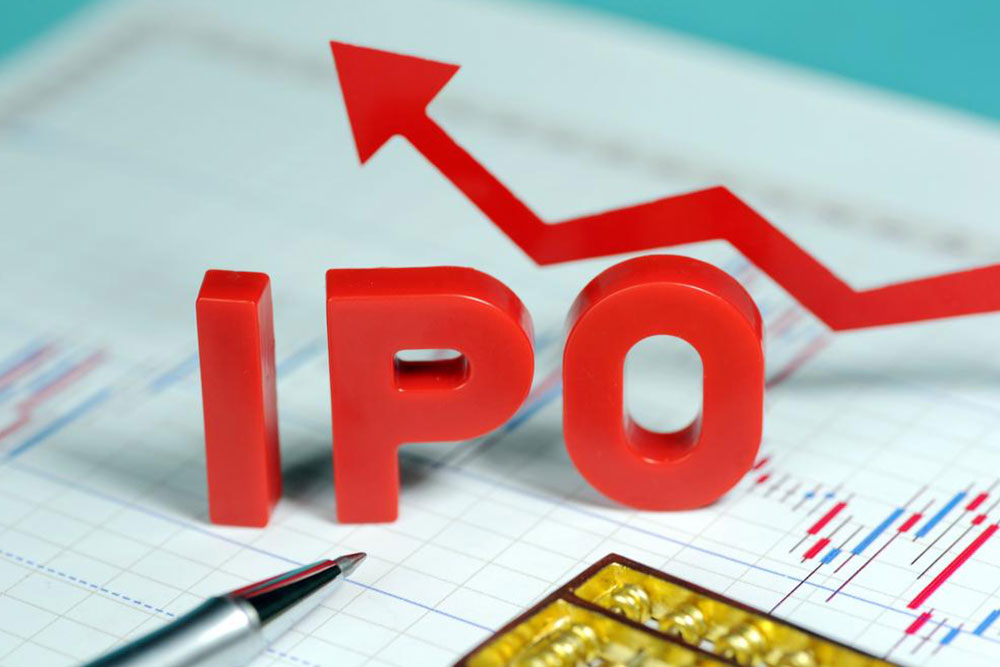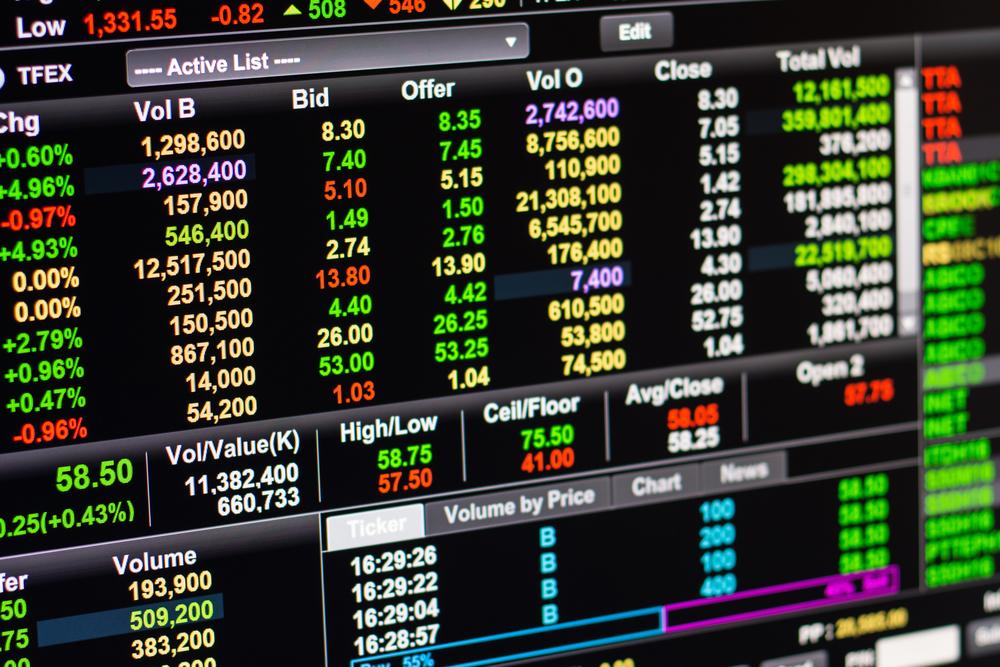Major Milestones and Historical Impact of the Largest US IPOs
This comprehensive article explores some of the most significant and historical IPOs in the US, highlighting their impact on the economy and industry. From AT&T Wireless to Alibaba, discover how these landmark offerings have shaped corporate growth and market dynamics over the years, offering insights into trends and future prospects for the IPO landscape in the US economy.

Notable and Landmark US Initial Public Offerings in History
The US stock market has witnessed some of the most significant and influential IPOs that have shaped the landscape of modern finance and corporate growth. While recent years have seen fluctuations in IPO activity, historically, certain offerings stood out due to their size, strategic importance, and impact on the industry. For example, in 2016, there was a notable decline in IPO activity, with only 105 companies going public—a substantial decrease of nearly 40% compared to the previous year. This dip raised concerns about the decreasing attractiveness of IPOs, driven by factors such as global political uncertainties, Brexit concerns, and a growing preference among firms to pursue private financing channels. However, the prospects for IPOs rebounded in 2017, with several major offerings anticipated to make headlines. Understanding the most prominent US IPOs helps illustrate how these financial milestones influence the economy and corporate strategies.
AT&T Wireless (2000) – $10.62 billion: One of the most notable pre-dot-com bubble IPOs was AT&T Wireless, which went public on April 26, 2000. The company issued 360 million shares at an initial price of $29.50, which rose to close at $31.75. This offering successfully raised over $10.62 billion, making it the largest US IPO at that time and holding that record for six years. The IPO marked a major milestone in the telecommunications sector, reflecting the rapid growth of mobile communications and wireless services leading into the new millennium.
General Motors (2010) – $15.8 billion: After experiencing significant financial difficulties, including a government bailout in 2009, GM staged a remarkable comeback with its IPO in November 2010. The automaker announced a fundraiser that brought in $15.8 billion, ranking as the second-largest US IPO ever. This offering was instrumental not only in helping GM pay off debt but also in signaling the company's recovery and renewed confidence in the American automotive industry. The IPO was a crucial step in GM's restructuring and reinvigoration of its brand presence worldwide.
Facebook (2012) – $16 billion: Social media giant Facebook stirred tremendous investor interest ahead of its May 1, 2012, IPO. Priced at $38 per share, the company achieved a market valuation of approximately $104 billion. Despite technical glitches and trading platform issues on NASDAQ during the first day, Facebook's IPO marked one of the largest and most impactful internet technology offerings in history. It demonstrated the growing dominance of social media in everyday life and highlighted the increasing appetite for technology-driven companies among investors.
Alibaba (2014) – $21.8 billion: Alibaba, the Chinese e-commerce powerhouse led by Jack Ma, made a historic debut on the New York Stock Exchange with its IPO. Shares were priced at $68 each, leading to a total market cap of approximately $168 billion and raising $21.8 billion for the company. Alibaba’s listing was significant as it symbolized the increasing influence of Chinese technology companies in Western markets. The offering solidified Alibaba's presence as a global leader in e-commerce and cloud computing, setting new records for Chinese firms trying to tap into US investor capital.




